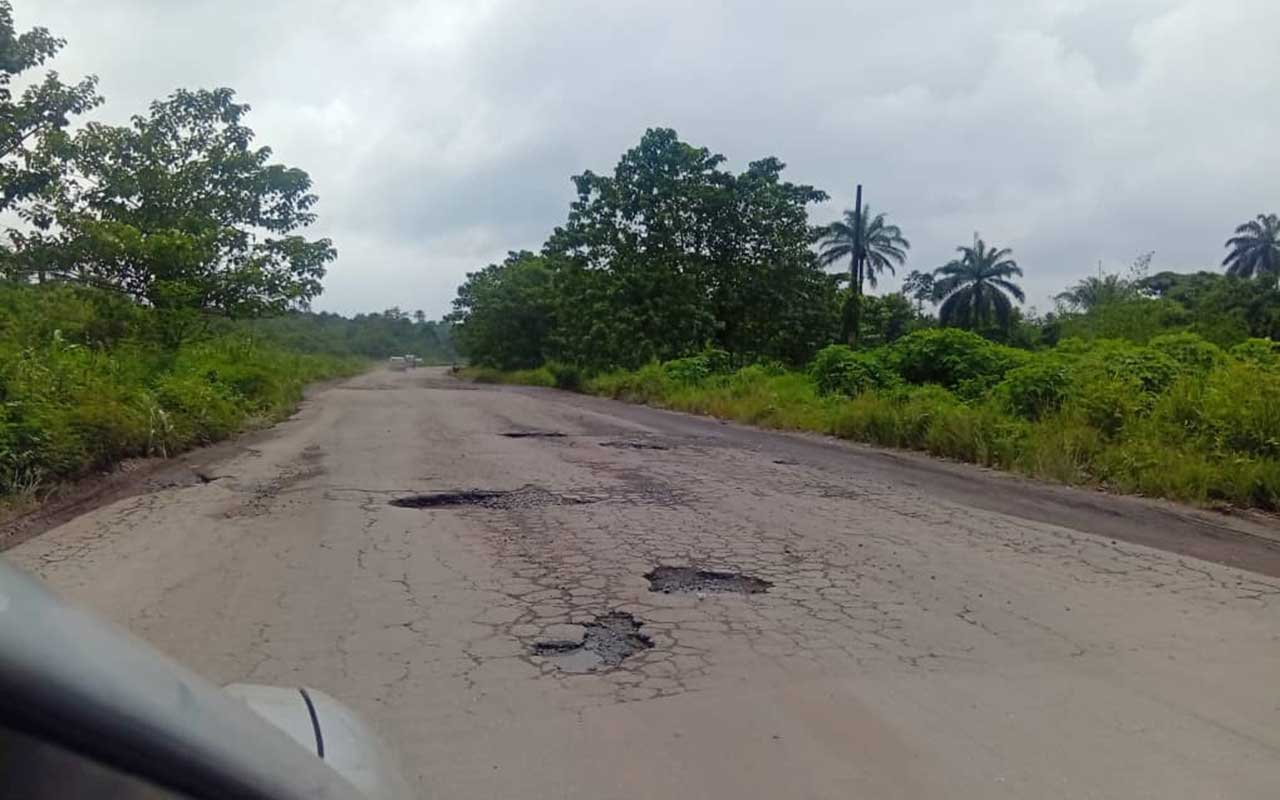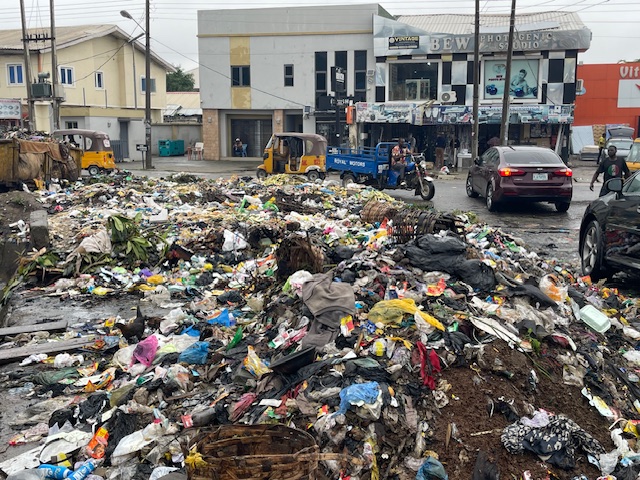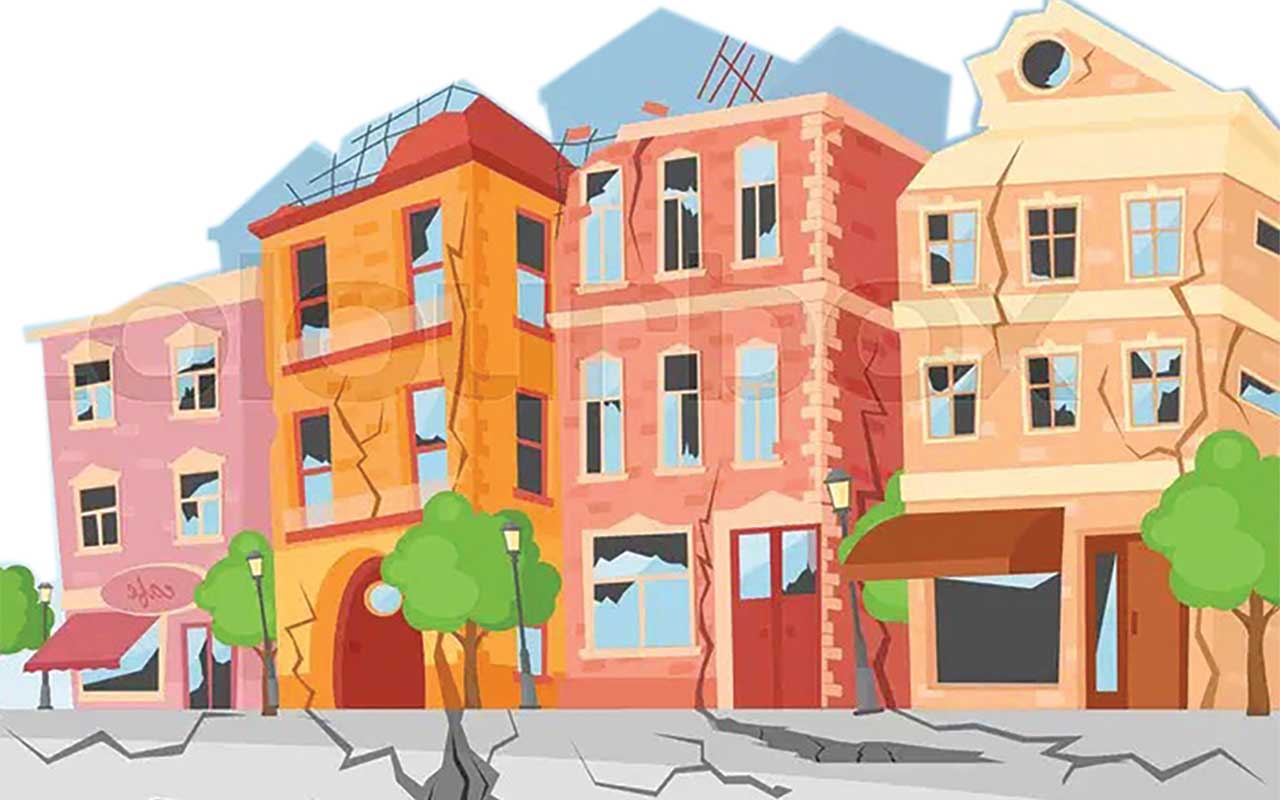With vehicles shaking into yawning potholes and drivers risking head on collision with other vehicles by taking wrong lane and driving against traffic, the Ibadan-Ife Road that once promised smooth passage for motorists and commuters now delivers stress, delay and danger. GBENGA SALAU, who took a trip on the road last week to experience the pains of Nigerians who ply it, reports
• Accidents Claim About 40 People In Six Months – FRSC
• Motorists, Traders, Others Count Losses
Despite some rehabilitation works, the Ibadan-Ile Ife expressway has failed to provide soothing balm for many people who ply it and claim that their experiences using the road remains a nightmare.
At different times, Osun monarchs, including the Ooni of Ife, as well as university students and legislators have publicly appealed for government intervention to make the road passable for users.
But for some reasons, including substandard repairs, the road has been left in a persistently degraded state. It has become a death trap rather than the vital economic artery it ought to be, an important trade and transit route between Oyo and Osun states as well as a key corridor in Southwest Nigeria.
Although there is ongoing patching of the road at major deplorable points with craters, there are fears that the spots will cave in again shortly because what the road needs is overhauling. The small potholes left uncovered would also become big soon because of the high number of vehicles that ply the route.
Thus from Ibadan through Ikire, Gbongan junction, Oduduwa University gate, down to Ile-Ife town, each section is marred by deep craters, washouts, and sharp drop-offs inflicting pains on passengers, motorists and their vehicles and sometimes the cargo being conveyed.
As a result, the road that was intended to be a smooth passage from Ibadan to Ile-Ife for many people who ply the route has instead become a harbinger of hardship and pains. Commercial drivers and commuters recount suffering repeated vehicle breakdown, high repair costs, increased transport fare, long delays navigating the battered terrain and fear of being robbed or kidnapped at night.
Sharing his experience, Abimbola Ogundimu, who plies the road regularly, observed that drivers who remain on the Ibadan inward Ile-Ife lane of the road are those who are scared of driving against traffic and its likely consequences or have had a near fatal accident on the road while driving against traffic.
“When I was coming to Ile-Ife the last time, as the bus I was travelling in found its way to the lane for those heading back to Ibadan and started driving against traffic, I noticed there was a number of vehicles ahead of our bus and a long line of other vehicles behind us.
 “Yet the Ibadan inward Ile-Ife lane of the road these motors should be plying is near empty. I saw just one or two vehicles on the Ibadan inward Ile-Ife lane of the road. That naturally shows you how bad the road is and how daring the people have become, risking their lives,” he stated.
“Yet the Ibadan inward Ile-Ife lane of the road these motors should be plying is near empty. I saw just one or two vehicles on the Ibadan inward Ile-Ife lane of the road. That naturally shows you how bad the road is and how daring the people have become, risking their lives,” he stated.
Ogundimu added that the bad state of the road has caused huge economic loss for many people, including farmers whose produce get spoilt, traders who pay high transport fares, and drivers who spend a lot of money maintaining their vehicles that often get damaged on the road.
A driver, Tajudeen Ojo, said that he was already planning to take his transport business to another route because conveying passengers on the Ibadan-Ile Ife road has become highly unprofitable as almost all that is supposed to be their earnings is spent to maintain vehicles.
“For instance, I just changed my car shock absorber and this is about a week ago, but the car is already giving me a sign that the shock absorbers need to be changed again. This is because the car runs into several sizes of potholes intentional and unintentionally because the road is not illuminated at night. And as commercial drivers, we cannot limit our journeys to day time.
“Also, we spend longer time moving from Ibadan to Ile-Ife at night because of the bad state of the road. If the road is good, we should be saving between 20 to 30 minutes of the time that it currently takes to complete the journey. But it is like we do not have a government, because if we do, they should not have allowed a major road like this to get this worse,” Ojo lamented.
An elderly woman, who simply gave her name as Deborah, said that any time she travelled between Ibadan and Ile Ife, she would return home having pain all over her body because of the many potholes that vehicle run into while moving. “You know that as the bus is running into the potholes, whether big or small, those of us in the vehicle are having one jerk or the other, with the passengers being thrown around.”
She, therefore, pleaded with the government to quickly do total overhaul of the road by way of complete reconstruction. She lauded the ongoing patching of some spots that are highly deplorable, but said those sections would become damaged very soon because ‘that is not what the road needs.’
While both sides of the road have become a pain in the neck for anyone plying it, the Ibadan inward Ile-Ife lane is replete with more perilous gauntlet of potholes and collapsed sections. This is why at some points around Ikire, many motorists take to driving against the traffic, shifting to the Ile Ife inward Ibadan lane. Yet the Ile-Ife inward Ibadan section has just two columns with those heading to Ibadan from Ile Ife driving on one column while those heading to Ile Ife from Ibadan and the adjoining towns usually drive on the second column. It was observed that a few vehicles remain on the Ibadan inward Ile Ife lane because of its deplorable state.
The deep and spreading potholes on the Ibadan inward Ile Ife lane have almost reduced the dual carriage lane to a single lane, forcing dangerous overtaking that leads to head-on collision in many instances. In cases of collision or when a vehicle veers off the road into the bush to avoid head-on collision, the affected vehicle not only gets damaged, sometimes beyond repairs, there are also human causalities.
According to the Federal Road Safety Commission (FRSC), about 40 people die in road accidents along that axis within six months.
A former student of the Obafemi Awolowo University, Ile-Ife, Emmanuella, who is currently doing her youth service in Ibadan, said that during one of her trips to Ile Ife, the bus in which she was travelling almost had a head-on collision with an upcoming vehicle while overtaking a truck because the driver was driving against traffic.
Another driver, Solomon Ogundeji stated that traveling at night to Ibadan from Ile-Ife or vice versa has become more dangerous. “It is not only because of the multiple and varied potholes on the Ibadan inward Ile-Ife lane but also because drivers heading to Ile-Ife from Ibadan often prefer to drive against the traffic at some point in their journey rather than stay in their lane. This makes commuting on both sides of the road dangerous,” he stated.
The Ile Ife inward Ibadan lane is also not very smooth. There are potholes of varied sizes that dot the road though not cramped at a spot like that of the Ibadan inward Ile-Ife lane. It was observed that sometimes, it is not that the driver wants to overtake, but while trying to avoid a big pothole on the Ile Ife inward Ibadan lane, he is forced to move into the column for those heading to Ibadan, which can lead to a fatal accident.
The Guardian observed that the Majeruku section in the Gbongon axis of the Ile Ife inward Ibadan lane is the worst because it has multiple potholes. However, a number of the spots with craters are already being filled and patched as contractors were seen around the outskirts of Ikire and Ile Ife carrying out some rehabilitation work on the road.
Aside the spots that are being repaired, there are sections within Ibadan and from the Oyo and Osun states border on the Ibadan- Ile Ife road that are well paved. There are two sections of the road with signposts indicating that they were constructed with Sukuku fund. The signposts are displayed at the spots where the reconstruction started and the terminal point. So, there are Sukuku IV and VI signboards, while the Sukuku VI notices are within Ibadan, Oyo State territory. The Sukuku IV signposts are mounted within Osun State portion of the border. It was observed that there was a long stretch of deteriorating spots between the two well paved sections of the road executed with Sukuku fund.
It was also noticed that while the Sukuku VI funded the reconstruction of the road within Ibadan to around Celica Bus stop, thereafter, it is a story of multiple potholes till the Osun State section of the border where Sukuku IV welcomes passengers to the state and it is a smooth ride again to a distance from Ikire town. From that spot, it is again very discomforting driving to lle Ife.
A staff of one of the higher institutions in Osun State, Temitope, who expressed her frustration about the road, said right from Ibadan, no driver could drive two minutes without encountering terrible potholes or disjointed portions of the road. “It was terrible the last time I drove on that road as I kept switching axis,” she added.
Victoria Adeboye noted that though both sides of the road are not good but one is better. She added: “Despite the fact that it poses a significant threat to people’s lives, many still prefer to drive against the traffic on the one side of the road that is a bit better. Many prefer using one way, whether it is during the day time or night, despite the fact that the road has no streetlights. The road is bad generally but one side is still okay a bit. So, it has gotten to the extent that people prefer endangering their lives using one way than passing the other side that is almost condemned.”






